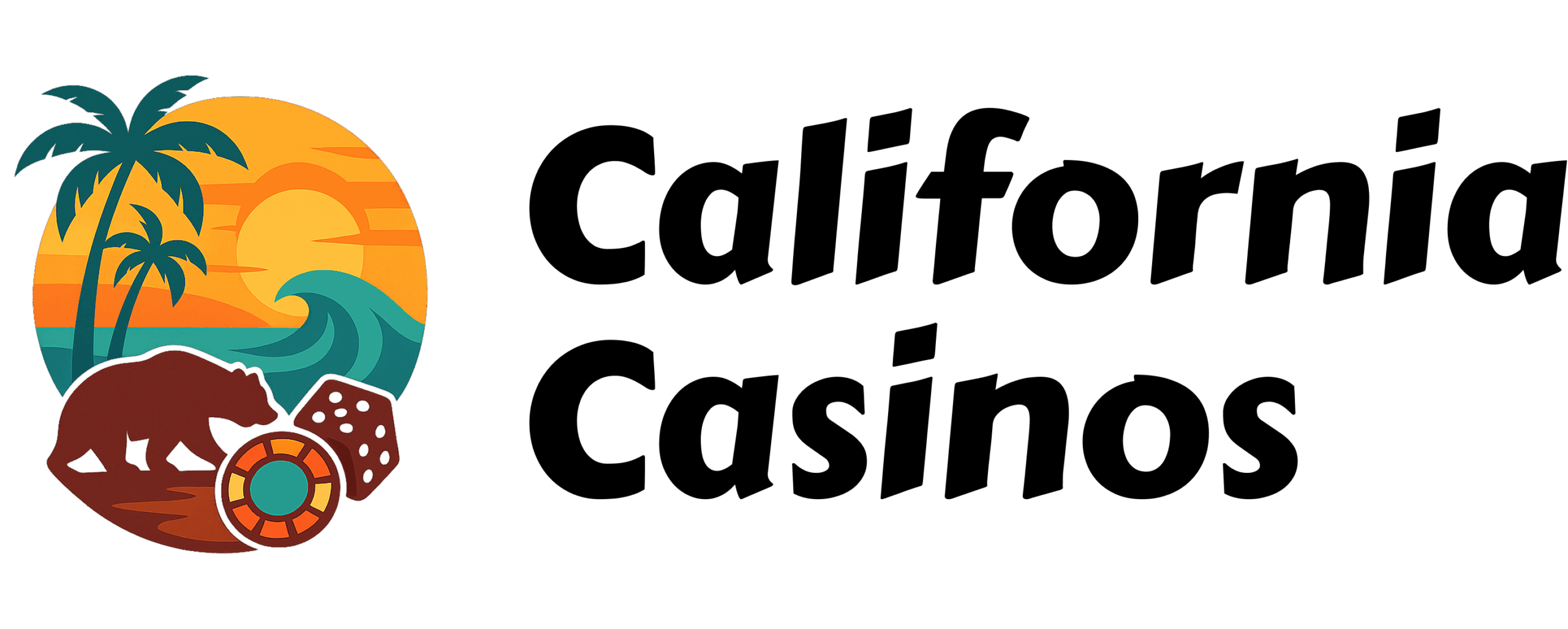The State Controller says California has a $16.7 billion cash deficit. Yet the Guv, giggling into the cameras is trying to set up a rainy day fund—where is he getting the money? In fact, by paying off the debt, he is saving interest money, lowering the debt even more. Maybe ending the debt, paying off the deficit, end special interest payments to billionaires like the Hollywood Elite and Elon Musk, the people of California can get tax cuts instead of Jerry’s hand in the pockets of the poor and middle class—so the rich can have another fabulous vacation or mansion?
“The special legislative session in Sacramento this week is weighing the future of California’s rainy day fund, particularly how much of it should be used for paying down the state’s debt. When they’re considering the trade-offs between saving for the future and paying debt, legislators should bear in mind that the rainy day fund isn’t the only way they can reduce taxpayer liabilities.”
Or maybe the money can use used to fix the, per Federal guidelines, the over $850 billion unfunded liabilities of CalPRS/CalSTRS and the State health care plan managed by CalPRS? Rainy day fund? Why is Jerry smoking, or is his just confused again?

Gov. Brown, Don’t Raid California’s Savings to Pay Down Its Debt
by Anthony Randazzo, Breitbart, 4/23/14
The special legislative session in Sacramento this week is weighing the future of California’s rainy day fund, particularly how much of it should be used for paying down the state’s debt. When they’re considering the trade-offs between saving for the future and paying debt, legislators should bear in mind that the rainy day fund isn’t the only way they can reduce taxpayer liabilities.
California Gov. Jerry Brown called the special session to try to change the language on a coming ballot measure that would put needed restrictions on how lawmakers in Sacramento can use the state’s rainy day fund. The key debates are whether rainy day fund money should be used for paying off the state’s debt or used only for emergencies, and how much to trust future lawmakers to handle the money responsibly.
The current measure would require annual contributions of 3 percent of the state’s general revenue and increase the size of the rainy day fund to a maximum of 10 percent of general revenue. Lawmakers could only use the fund in “emergency cases.” And any unanticipated revenue in excess of the fund maximum would be used for one-time expenses like lowering the more than $200 billion in unfunded pension and health care liabilities California faces.
Gov. Brown would prefer that money only flow into the rainy day fund when “capital gains” from state investments are above 6.5 percent of general revenue. He also wants to carve out a special portion of the fund for covering shortfalls in education spending, and to give lawmakers flexibility on using rainy day funds for paying off state debt.
Both approaches would limit the amount that could be used in any one year to 50 percent of the rainy day fund balance.
While Gov. Brown is right to argue the state needs to pay down debt and build a rainy day fund, paying down debt doesn’t have to come from the state’s savings, nor should it.
The goal of a rainy day fund should be to prepare California for when recessions inevitably hit, as well as to provide lawmakers some spending flexibility in genuine emergencies-such as major earthquakes or wildfires. Saving for a budget challenge is a separate policy goal from paying off state debt, just as spending money on long-term education and transportation needs are different than a rainy day.
There are always some trade-offs in deciding to save money while debt accumulates. A family has to consider the interest rate on its debt compared with expected returns on savings. It is usually smarter to pay off credit card debt before saving for a family vacation, but having a mortgage doesn’t mean a family shouldn’t save for retirement.
The current ballot measure weighs this trade-off by capping the rainy day fund at 10 percent of general revenue and then directing excess revenues to paying off debt and reducing unfunded pension liabilities. The governor’s plan would save less frequently and concentrate debt reduction in the wrong part of the budget.
If Gov. Brown really wants to tear down the state’s massive wall of debt, he can do so by reducing wasteful spending, cutting programs, and using those resources to eliminate taxpayer liabilities.
In recent years the state has wasted hundreds of millions in mishandled IT contracts and had billions in cost over-runs on transportation projects. And it is still trying to throw away around $70 billion on a high-speed rail project-that’s all money that could otherwise be used to put a serious dent in the state’s debt level. Beyond the $25 billion in state bonds, the state’s wall of debt should also include more than $200 billion in unfunded pension and health care liabilities the state will need to find money for.
There is no reason California can’t fill its rainy day fund, keep the sticky fingers of future legislators from misusing the money, and find ways to pay down debt all at the same time. While it is great that Gov. Brown wants to chip away at the debt, there are better ways to do it than risking California’s savings.









History repeats itself.
I don’t remember a time during which folks’ savings haven’t been exploited.
We have one class who feeds its family with other classes’ savings.
May 10, 2014 at 12:29 am